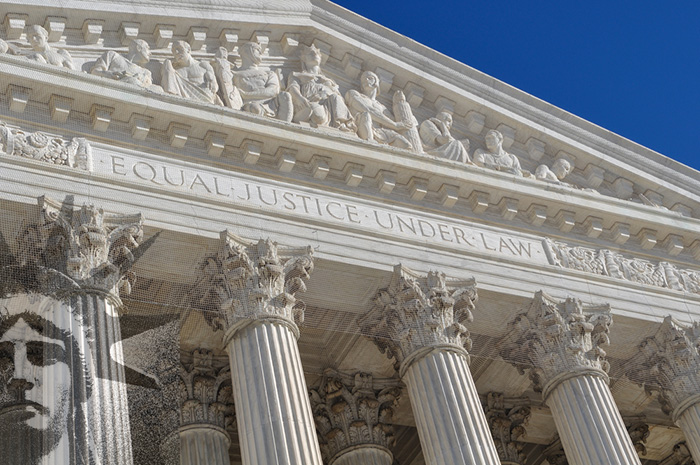[dc]D[/dc]uring the last week of June 2018, the Supreme Court issued three rulings impacting free speech, the extent of executive power, and Justice Kennedy announced his retirement.
The Court issued a 5-4 ruling in Trump v. Hawaii finding that so long as the President has the executive authority to limit the entry of individuals from particular countries, even if there is a showing of religious or racial animus so long as there is a rational basis for doing so. We discussed this decision in more detail separately.
The Court also ruled 5-4 in National Institute of Family and Life Advocates (NIFLA) v. Becerra that a 2015 California law, known as the Reproductive FACT Act, requiring pro-life pregnancy centers to provide abortion information and advertise the fact that they do not perform or refer to abortion providers likely violated the First Amendment. The state had argued that the centers held themselves out as full-service health clinics and provided women with incomplete information about their options. The opinion, written by Justice Thomas, concluded that the notice requirement was “content-based” in requiring centers to promote the opposite of their pro-life intent of persuading women not to have abortions, and therefore violated the First Amendment.
In sending the case back to the lower courts, Justice Thomas pointed out that the FACT Act would require the pro-life centers to add a 29-word notice “in as many as 13 different languages” to a hypothetical billboard that simply stated “Choose Life” and in this way, the statutory notice “drowns out the facility’s own message.”
Justice Kennedy, who announced his retirement the next day, filed a concurring opinion addressed the state’s position that the FACT Act “was part of California’s legacy of ‘forward thinking.’” Kennedy wrote, it “is not forward thinking to force individuals to be an instrument for fostering public adherence to an ideological point of view that they find unacceptable.” Instead, wrote Kennedy, the history since the 1791 ratification of the First Amendment “shows how relentless authoritarian regimes are in their attempts to stifle free speech; and to carry those lessons onward as we seek to preserve and teach the necessity of freedom of speech for generations to come.”
Justice Breyer dissented, joined by Justices Ginsburg, Sotomayor, and Kagan, stating that if some states could require doctors to inform women about alternatives to abortion, the state should conversely be able to mandate that pro-life centers notify women about abortion.
NIFLA v. Becerra was one of three “forced speech” cases heard this term about whether the government can mandate that people provide direct speech or expressive services. In Masterpiece Cakeshop, the Court stopped short of calling cake decorating “free speech,” instead focusing its attention on whether the lower civil rights commission had acted animus against the baker’s religion, and in Janus v. American Federation of State, County, and Municipal Employees, Council 31, the Court decided that a public sector union could not mandate that employees pay any dues to the union. Public sector unions are different from private sector unions in that most collective bargaining in the public sector impacts government budgeting or services.
When one person’s opinions can reach the world in a matter of seconds on the Internet, the ability to speak freely is undergoing tremendous growing pains. These decisions show the Court still recognizes the rights to free speech and belief. The First Amendment remains alive and well for the time being.
![]()
You can find more information on Masterpiece Cakeshop and Trump v. Hawaii by clicking on these links:

